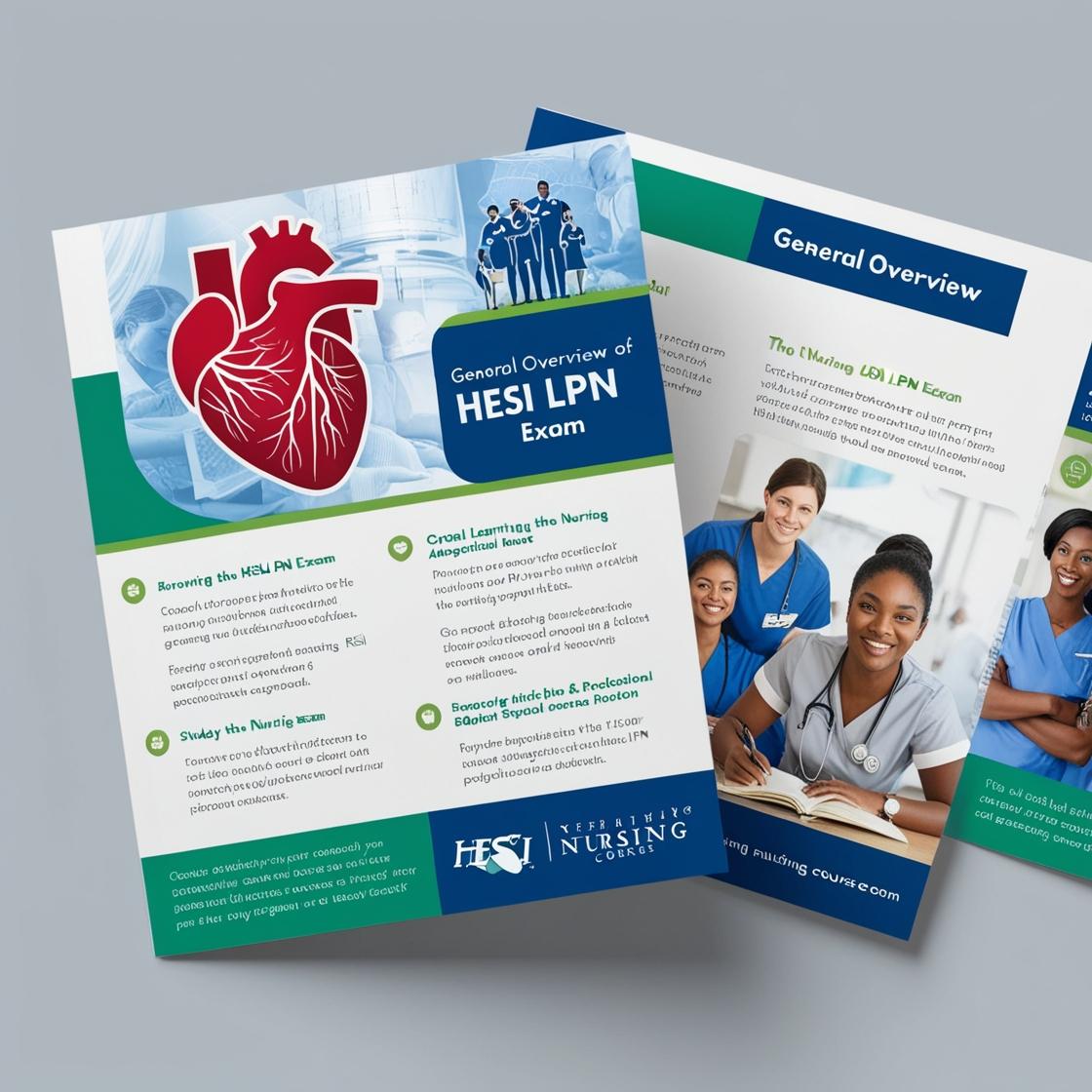HESI LPN
Fundamentals HESI
1. A client with Parkinson's disease is being discharged. Which statement by the client indicates a need for further teaching?
- A. I will take my medication at the same time every day.
- B. I will increase my fiber intake to prevent constipation.
- C. I will perform range of motion exercises to maintain mobility.
- D. I will stop taking my medication if I feel better.
Correct answer: D
Rationale: The correct answer is D. Patients with Parkinson's disease should not stop taking their medication if they feel better, as doing so can worsen symptoms. It is crucial for patients to continue their prescribed medication regimen as directed by their healthcare provider. Choices A, B, and C are all appropriate actions that promote the well-being of a client with Parkinson's disease. Choice A emphasizes medication adherence, which is vital for symptom management. Choice B addresses a common issue in Parkinson's patients and shows an understanding of the importance of dietary management. Choice C highlights the significance of physical activity in maintaining mobility, which is essential for overall quality of life in Parkinson's disease.
2. A client is 6 hours postoperative following abdominal surgery and is having difficulty voiding. Which of the following actions should the nurse take?
- A. Allow the client to hear running water while attempting to void
- B. Provide the client with a bedpan while sitting upright
- C. Insert an indwelling urinary catheter and connect it to gravity drainage
- D. Encourage the client to limit fluid intake
Correct answer: A
Rationale: The correct action for the nurse to take in this situation is to allow the client to hear running water while attempting to void. This can help stimulate the urge to urinate in a non-invasive way, promoting natural voiding. Providing a bedpan while sitting upright is also a suitable approach to facilitate voiding by encouraging a more natural position. Inserting an indwelling urinary catheter should be a last resort due to infection risks and discomfort associated with catheterization. Encouraging the client to limit fluid intake is not appropriate as hydration is crucial for overall health and can aid in promoting voiding. Therefore, the best initial intervention to promote voiding in this scenario is to allow the client to hear running water.
3. A hospitalized client needs a chest x-ray. The radiology department calls the nursing unit and says that they are sending a transporter for the client. When entering the client’s room, the priority action is to:
- A. Check the client’s identification bracelet
- B. Inform the client about the procedure
- C. Prepare the client for transport
- D. Verify the x-ray order
Correct answer: A
Rationale: The correct action to take when a transporter arrives to take a hospitalized client for a procedure is to check the client's identification bracelet. This step is crucial to prevent errors and ensure that the correct patient is receiving the intended procedure. Informing the client about the procedure and preparing them for transport are important steps in the process, but verifying the client's identity takes precedence to ensure patient safety. Verifying the x-ray order, though important, is not the priority action when the transporter arrives; confirming the patient's identity is essential before proceeding with any procedures.
4. Why should a client with an ileal conduit be instructed to empty the collection device frequently?
- A. Force urine to back up into the kidneys.
- B. Suppress production of urine.
- C. Cause the device to pull away from the skin.
- D. Tear the ileal conduit
Correct answer: C
Rationale: A full urine collection bag can cause the device to pull away from the skin, leading to potential leakage and skin irritation. Choice A is incorrect because a full urine collection bag does not force urine to back up into the kidneys. Choice B is incorrect as a full collection bag does not suppress the production of urine. Choice D is incorrect as a full collection bag is unlikely to tear the ileal conduit.
5. A client is scheduled for an intravenous pyelogram. Which of the following actions is appropriate for the nurse to include?
- A. Monitor the client for pain in the suprapubic region.
- B. Ensure the client is free of metal objects.
- C. Administer 240 mL (8 oz) of oral contrast before the procedure.
- D. Assist the client with a bowel cleansing.
Correct answer: B
Rationale: The correct action for the nurse to include before an intravenous pyelogram is ensuring the client is free of metal objects. Metal objects can interfere with the imaging procedure and may need to be removed to prevent artifacts. Monitoring for pain in the suprapubic region (choice A) is not directly related to the procedure and is not a standard pre-procedure action. Administering oral contrast (choice C) is more common for other imaging studies like a CT scan, not an intravenous pyelogram. Assisting with a bowel cleansing (choice D) is not typically required before an intravenous pyelogram.
Similar Questions

Access More Features
HESI LPN Basic
$69.99/ 30 days
- 50,000 Questions with answers
- All HESI courses Coverage
- 30 days access @ $69.99
HESI LPN Premium
$149.99/ 90 days
- 50,000 Questions with answers
- All HESI courses Coverage
- 30 days access @ $149.99
